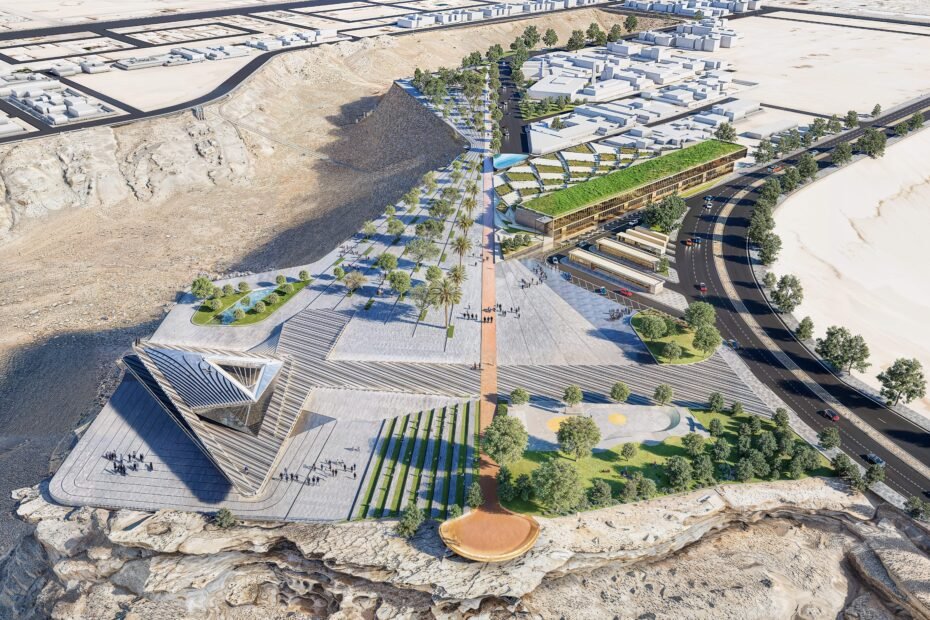Smart cities are revolutionizing urban living by integrating advanced technologies to enhance efficiency, sustainability, and connectivity. This holistic approach to urban planning aims to improve the quality of life for residents while addressing the challenges of rapid urbanization and environmental impact. Here’s an exploration of key aspects shaping the concept of smart cities:
Connectivity Infrastructure
Robust digital infrastructure, such as sensor networks, high-speed internet, and Internet of Things (IoT) devices, is essential for smart cities. Real-time data collecting and analysis is made possible by these technologies, which optimizes a number of urban functions, including trash management, energy use, and transportation. The foundation of smart grids, intelligent transportation systems, and smooth communication networks supporting effective city operations is connectivity.
Sustainable Urban Development
Smart city projects revolve around sustainability, emphasizing the reduction of carbon footprints, conservation of resources, and promotion of eco-friendly behaviors. Green areas, energy-efficient structures, and renewable energy sources like solar and wind turbines are all incorporated into creative architectural ideas. In order to provide a healthy living environment for locals, sustainable urban design also incorporates garbage recycling programs, water management techniques, and air pollution prevention campaigns.
Efficiency in Public Services
Utilizing technology, smart cities increase operational efficiency and simplify public services. Residents’ safety and convenience are increased via automated traffic control, smart lighting, and public safety systems. Smart metres track utility consumption and encourage energy saving, while intelligent transportation systems optimise traffic flow and minimise congestion. These developments enhance resource efficiency and reduce costs in addition to improving service delivery.
Citizen Engagement and Governance
In order to promote responsiveness and openness in governance, citizen participation is essential in smart cities. Residents are able to access information, offer input, and take part in decision-making processes thanks to digital platforms and mobile applications. Urban data is made accessible to the public through open data programs, which encourage cooperation and creativity between companies, government organizations, and individuals. Involved communities improve overall urban resilience and co-create smart city solutions.
Economic Growth and Innovation
Smart cities encourage investment in technology-driven industries and draw enterprises and startups that in turn fuel economic growth. Research, development, and entrepreneurial opportunities are generated by innovation hubs and tech parks. Digital ecosystems promote job growth and economic diversification by enabling digital change across industries. Smart towns foster sustainable economic development and improve their global competitiveness by embracing innovation and connectivity.
Challenges and Considerations
Notwithstanding the advantages, problems with data privacy, the digital divide, and the difficulty of integrating various technologies all arise while developing smart cities. Inclusive urban development necessitates addressing cybersecurity concerns and guaranteeing equitable access to digital services. To overcome these obstacles and realize smart cities’ full potential, stakeholders, legislators, and technological experts must work together.
Future Perspectives
With developments in artificial intelligence, 5G technology, and the Internet of Things, smart city development is still ongoing. Autonomous vehicles, intelligent healthcare systems, and AI-powered predictive analytics for urban planning are some potential future trends. The goal of developing resilient, habitable, and sustainable settings that improve the prosperity and well-being of urban populations does not change as cities become smarter.
In summary, smart cities, which use technology to build integrated, sustainable, and effective urban environments, mark a paradigm shift in urban living. Future inclusive and resilient urban planning and design is made possible by smart cities, which incorporate efficiency, sustainability, and connectivity.
Finally, for more on INJ Architects:
